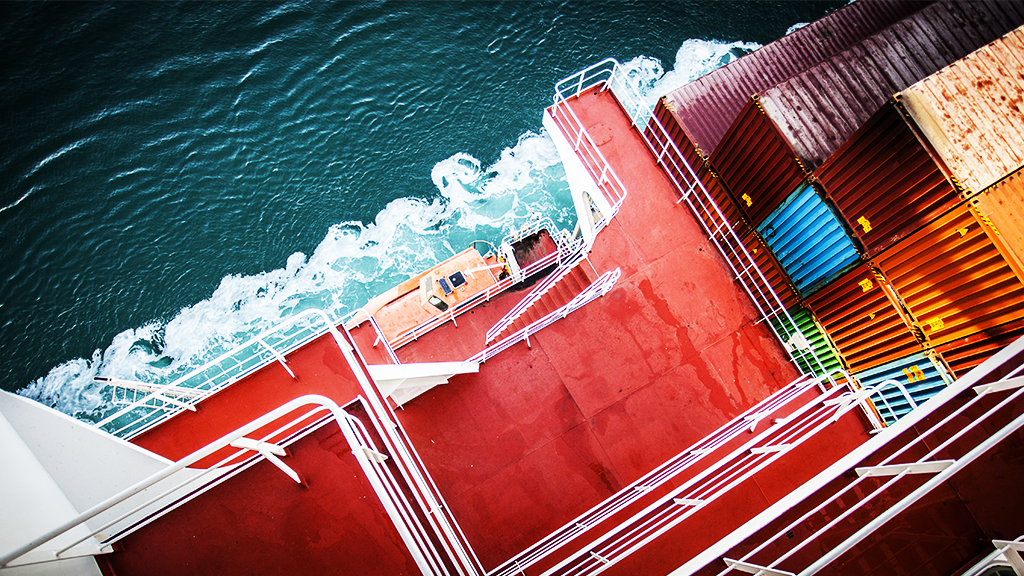December started with three main hawkish news on the trade front: (i) new 100% tariffs on selected U.S. imports from France, which will not be implemented before January; (ii) 10-25% tariffs on Argentina’s and Brazil’s metals effective immediately; (iii) comments from President Trump, downplaying the urgency of a phase one deal with China, saying he “could wait” until after the 2020 election. This had an adverse impact on markets, which were pricing in a phase one deal soon. Tariffs could have a sizable impact for France (-EUR2.1bn in export losses) as sparkling wine, beauty products and suitcases will be the most affected. However, some of the costs will be borne by the U.S. consumer and not by exporters (so export losses could be overestimated) since goods such as sparkling wine are not substitutable (luxury goods, controlled designation of origin). We estimate potential losses for Argentina’s (-USD102mn) and Brazil’s (-USD282mn) steel and aluminum exporters. Such political volatility, after the suspension of the October tariff hike on China, strengthens the assumption that uncertainty should continue to weigh on trade next year, in line with our +1.7% forecast for global trade growth in 2020 (after +1.5% this year).

